Many scholars believe, however, that the first crude garments and ornaments worn by humans were designed not for utilitarian but for religious or ritual purposes. Other basic functions of dress include identifying the wearer and making the wearer appear more attractive.
Although it is clear why such uses of dress developed and remain significant, it can often be difficult to determine how they are achieved. Some garments thought of as beautiful offer no protection whatsoever and may in fact even injure the wearer. Items that definitely identify one wearer can lose their meaning in another time and place.
There are no simple answers to such questions, of course, and any one reason is influenced by a multitude of others, but certainly one of the most prevalent theories is that fashion evolved in conjunction with capitalism and the development of modern socioeconomic classes. Thus, in relatively static societies with limited movement between classes, as in many parts of Asia until modern times or in Europe before the Middle Ages, styles did not undergo a pattern of change. In contrast, when lower classes have the ability to copy upper classes, the upper classes quickly instigate fashion changes that demonstrate their authority and high position. During the 20th century, for example, improved communication and manufacturing technology enabled new styles to trickle down from the elite to the masses at ever faster speeds, with the result that fashion change accelerated.
| Marque | |
| Caractéristiques |
| Frais de port |
|
| Expédition | Ready to ship in 2-3 Business Days |
| Emplacement de la boutique | 60452 Oak Forest, Illinois, United States |
Aucun avis trouvé !
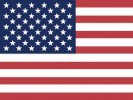 English
English Arabic
Arabic Spanish
Spanish French
French Italian
Italian Nederlands
Nederlands Türkçe
Türkçe German
German 中文
中文 Ελληνικά
Ελληνικά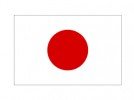 Japanese
Japanese Portuguese
Portuguese Việt Nam
Việt Nam



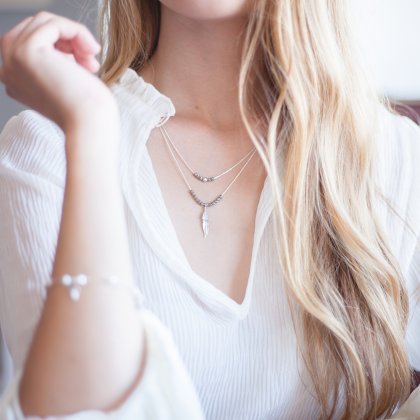


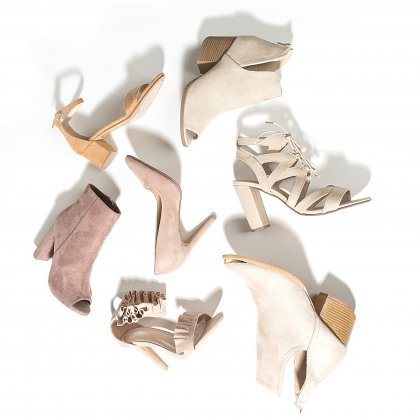











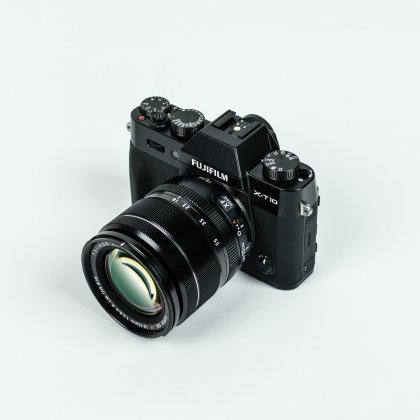












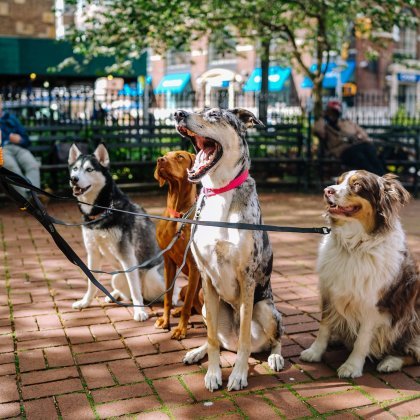




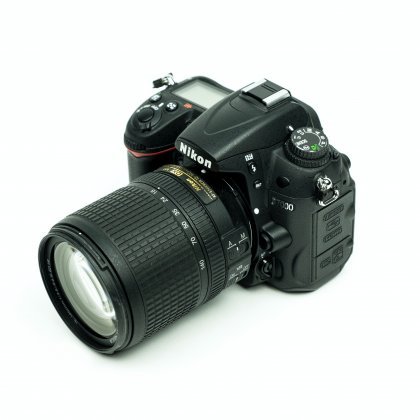





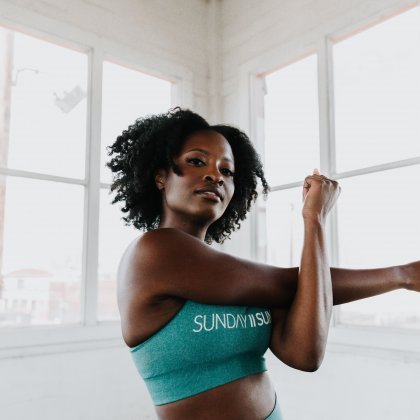


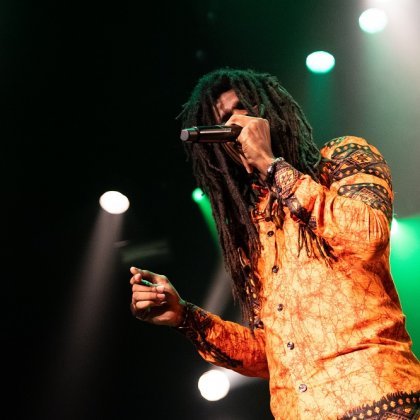


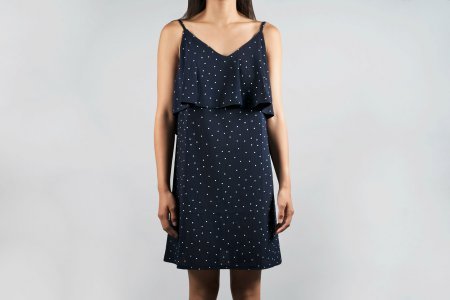






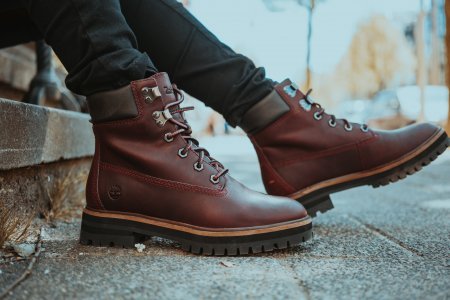
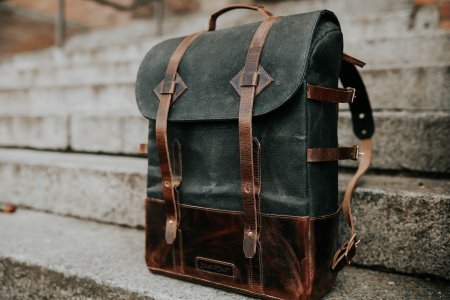
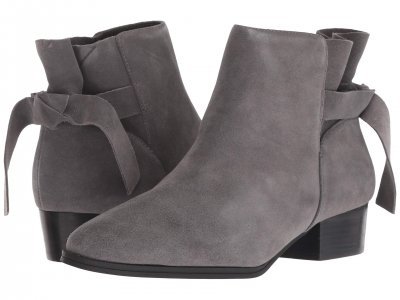

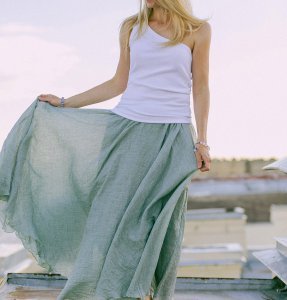
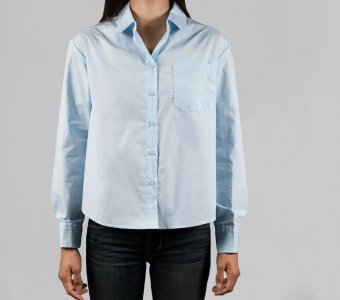
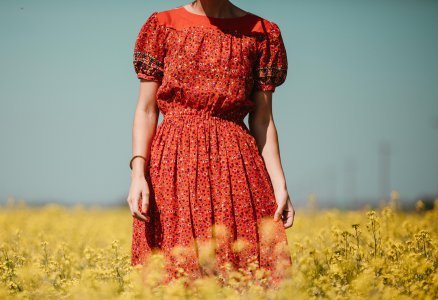
Aucun commentaire trouvé pour ce produit. Soyez le premier à commenter!